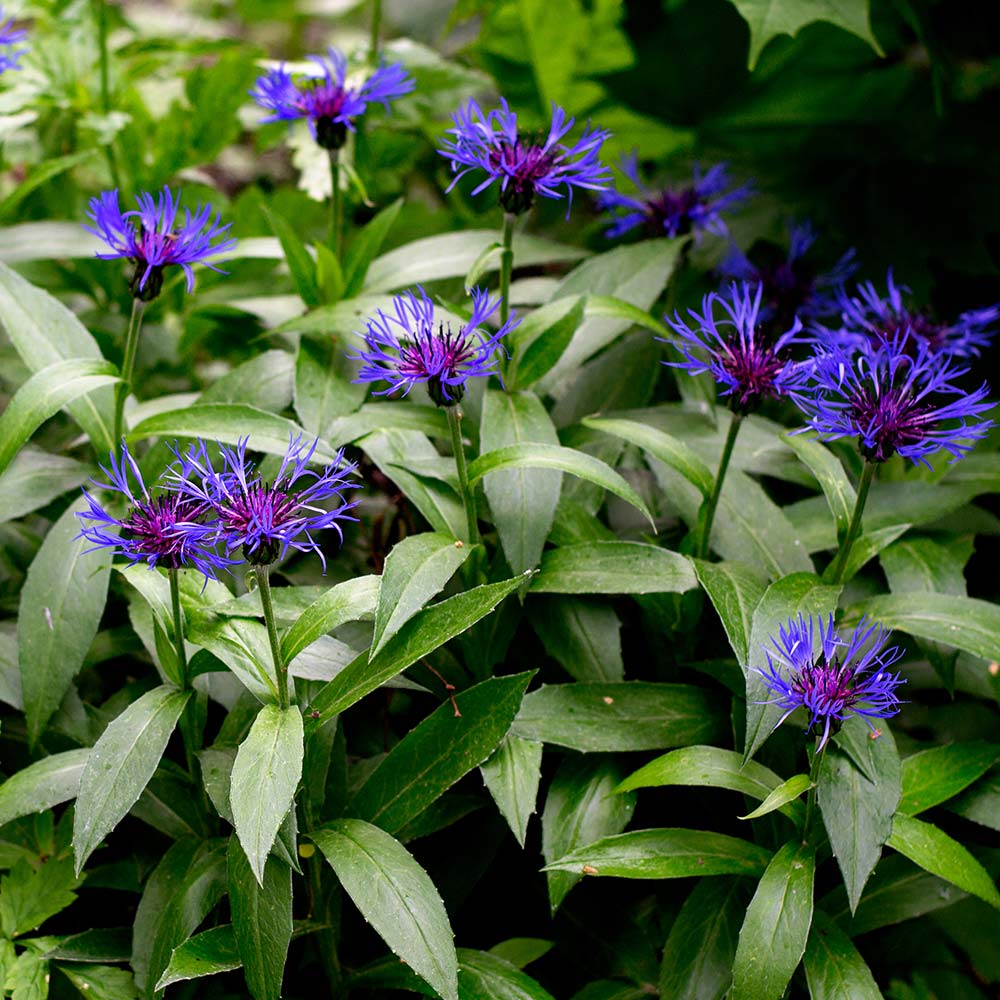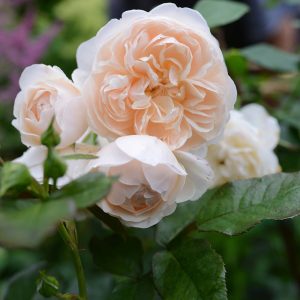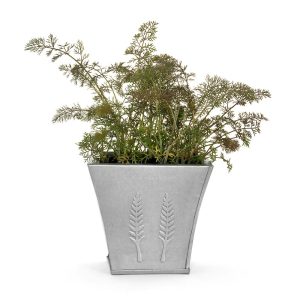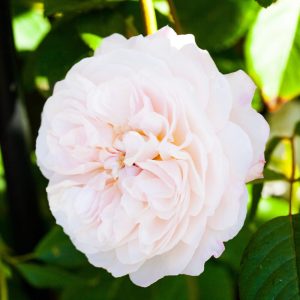Description
Centaurea genus. Centaurea montana, also known as the perennial cornflower or mountain bluet, is a hardy and beautiful herbaceous perennial that is native to Europe. This plant is prized for its showy, blue-violet flowers that bloom in late spring and summer, and its low maintenance requirements. Centaurea montana is a hardy plant that grows up to 60cm in height and thrives in full sun to partial shade and well-draining soil. The leaves of this plant are silver-green, lance-shaped, and covered with fine hairs, giving them a textured appearance. As a low-maintenance and drought-tolerant plant, Centaurea montana is an excellent choice for adding interest and colour to a garden. It can be planted in groups or mass plantings, and the flowers can be used for cut flowers and dried arrangements. Overall, Centaurea montana is a beautiful and hardy addition to any UK garden. Its attractive flowers, low maintenance requirements, and drought tolerance make it an excellent choice for gardeners of all levels of experience.
Key Facts
- Common Name(s):Perennial cornflower
- Hardiness:Fully hardy
- How big will I get? Centaurea montana can grow to a height of 0.6m and a spread of 1m.
- Did You Know That:Centaurea montana’s blue flower petals yield a deep blue dye that can be used for fabric dyeing?
Plant Calendar
A rough guide to how this plant will change through the year.
| Jan | Feb | Mar | Apr | May | June | July | Aug | Sept | Oct | Nov | Dec | |
| Flowering Time |   |
  |
  |
|||||||||
| Foliage Colour |  |
 |
 |
 |
 |
 |
 |
 |
 |
| J | F | M | A | M | J | J | A | S | O | N | D |
  |
  |
  |
|||||||||
 |
 |
 |
 |
 |
 |
 |
 |
 |
Care Guide

Soil Requirements
Centaurea montana prefers moist but well-draining soil. This plant can grow in soil with a wide range of pH levels, it is not picky about the pH level of the soil.

Best Position
Centaurea montana can handle either an exposed or a sheltered position and can cope with either full sun or partial shade.

Maintenance
Centaurea montana should be deadheaded regularly to promote new flowers coming through. This will prolong the flowering period of the plant as it saves the energy that the plant would have put into producing seeds and allows it to produce more flowers!

Pest, Diseases and Wildlife
Centaurea montana is generally pest free, it can be vulnerable to certain diseases such as powdery mildews. It is also known to attract bees, butterflies and other pollinators. It is not considered to be toxic.





